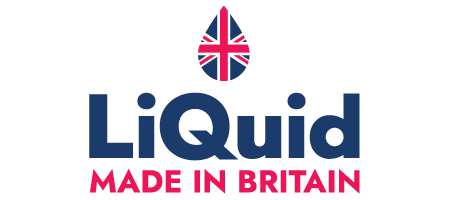The ongoing issue of underage vaping has raised more than a few eyebrows across all levels of society. From consumers to industry experts, MP’s and healthcare professionals; the debate around disposable vapes is raging. There is a reason disposable vapes are being linked to the spike in youth vaping – the rise in underage vapers is in direct correlation with the rise in disposable popularity and availability.
Action on Smoking and Health (ASH) are the UK’s leading anti-tobacco lobby group, and are playing a major role in shaping the nation’s future tobacco control plans alongside the like of the Khan Review. A recent survey by ASH revealed that 1 in 5 15-year-olds had used a disposable vaping device, and that almost half of the 11-17-year-olds surveyed had or were vaping. To make matters worse, these devices were reportedly sold to them illegally from newsagents and even major supermarkets.
There are already major concerns around illegally imported, untested disposable vapes hitting UK shelves, and Trading Standards have been cracking down. It’s important to remember though that disposable vapes are single use and, and are not to be confused with pod devices like the EDGE GO, which use disposable vape pods, but have a battery that you can keep on recharging using.
The latter device is fully tested for safety like other traditional vaping products, and has a reduced environmental impact vs full disposables like an Elf bar, of which 2 are thrown into landfill every second in England at present. Despite the environmental impact, the biggest concern for authorities is curbing youth uptake to prevent them from being exposed to the dangers of disposable vapes.
Vaping in Schools
Naturally, one of the best snapshots into the depth of the youth access issue has been reports from schools. Across the nation we have seen massive amounts of disposable confiscations and various incidents all relating to children bringing vapes into school with them. It has even been noted that teen drug abuse is falling but seems to be replaced with vaping.

11-17-year-olds have been the most surveyed age group in relation to disposable vaping, with the latest data showing the proportion of children vaping is rising, up from 4% in 2020 to 7% in 2022, alongside the growing popularity of disposable vapes. The number of children who admit to ever trying vaping has risen from 14% in 2020 to 16% in 2022.
Vaping is set to play a major role in the UK’s future tobacco control and smoking cessation plans. As such it is assured that devices and e-liquids are not going anywhere, and in fact could become a far bigger part of society than they already are. With this in mind schools have been calling for support in developing vaping policies and for advice to help them navigate the changing landscape and attitudes towards vaping.
ASH School Guidance
In response to the requests, ASH has now put together comprehensive guidance for all schools. The full resource is available here. The guidance has been written in context of the ‘far greater risk from tobacco smoking’, highlighting the fact that leading authorities stress the fact that vaping is far less harmful. While under 18s should never be exposed to nicotine, experts agree that if the worst should happen, the risk is still far lower from vaping than smoking.
The headline message is that vaping is not for children. And that while it can help people quit smoking, if you don’t smoke don’t vape. However, the guidance also points out that most children who try vaping, have also tried smoking, and vaping is far less harmful than smoking. As well as curriculum headlines, the briefing includes facts on smoking and vaping, questions to inform wider school policies and culture, and links to helpful resources.

Deborah Arnott, Chief Executive of ASH, said:
“The new vaping guidance for schools recognises growing concerns about children vaping. It is designed as a guide to empower schools with the information they need to develop their policies.
“We understand that it can be difficult for schools to know what to do about vaping, particularly when online promotion on social media sites like TikTok, is fuelling its use.
“A whole school approach is needed to address both smoking and vaping, making it part of the curriculum, highlighting the risks, and arming children with the facts so that they can make informed choices. It’s important to remember that the harms to health are significantly greater from smoking.”
The guidance is already being well received by many educational authorities. North Tyneside Council’s Assistant Director of Education, Diane Buckle gave her thoughts:
“North Tyneside Council is keen to do all we can to help our schools address the growing use of vapes by their pupils. It’s very reassuring to know that the ASH guidance has been developed with help from teachers expert in health education and safeguarding, as well as academics expert in the evidence on vaping. It is very timely and just what’s needed. We will be circulating this guidance to all our schools and encouraging them to use it to ensure that they address youth vaping appropriately.”
Time will now tell if a combination of stepped-up enforcement by authorities and improved education and guidance for parents and teachers will help reduce the uptake in youth vaping. Visit the LiQuid Hub to stay on top of the latest!
Our sources:
https://ash.org.uk/uploads/ASH-guidance-for-school-vaping-policies.pdf



